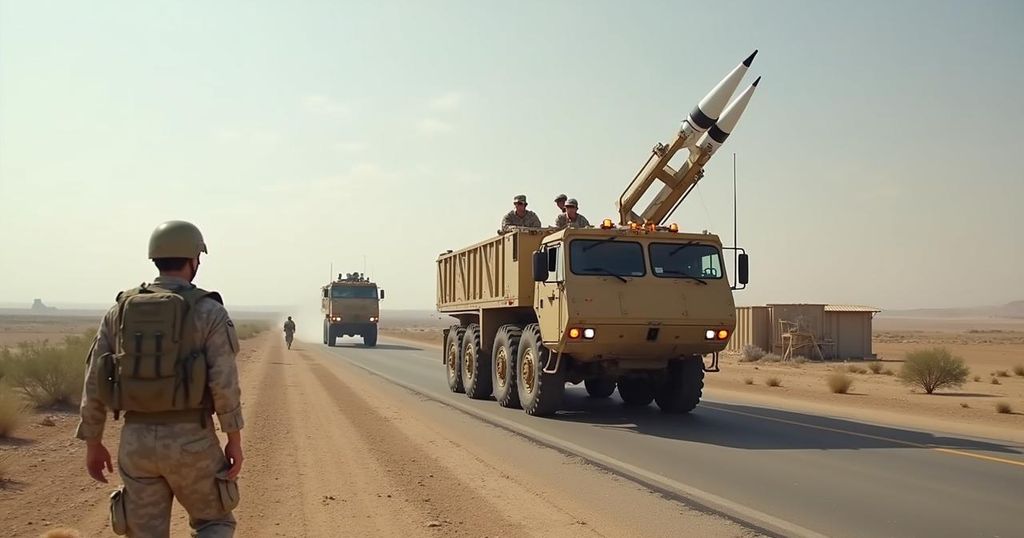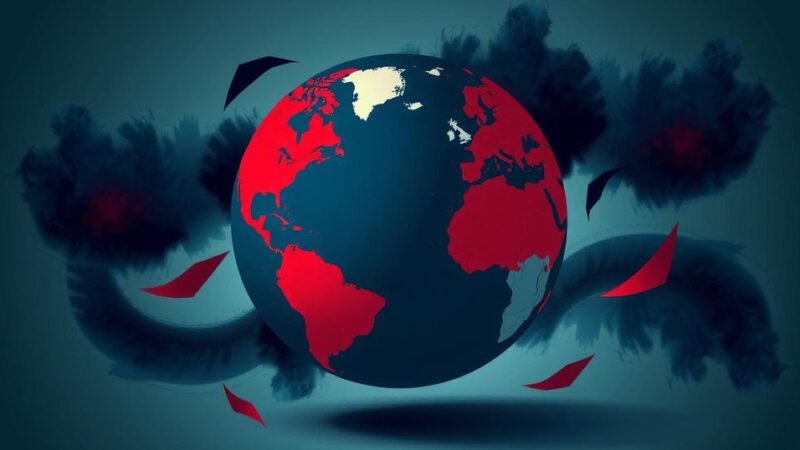The U.S. is deploying the Terminal High Altitude Area Defense (THAAD) missile defense system and about 100 troops to Israel in response to escalating tensions following Iranian missile attacks. This decision underscores U.S. support for Israel and aims to enhance regional security amid ongoing conflicts.
The United States government has officially declared its intention to deploy an advanced missile defense system to Israel, accompanied by approximately 100 American military personnel who will oversee its operations. This announcement was made by the Pentagon on Sunday, following an order from President Joe Biden to Defense Secretary Lloyd J. Austin III. The specific system being deployed is known as the Terminal High Altitude Area Defense (THAAD), which is designed to intercept and neutralize short to intermediate-range ballistic missiles. This deployment comes at a critical juncture as tensions escalate in the Middle East; Iran recently launched around 200 missiles, including ballistic missiles, targeting Israel on October 1, prompting Israel to consider potential retaliatory measures against Iranian aggression.
The United States has historically maintained a strong military presence in the Middle East, particularly in response to regional conflicts and threats posed by countries such as Iran. The recent missile attacks from Iran against Israel have heightened security concerns, leading to the decision to enhance Israel’s defense capabilities. The THAAD system represents a significant advancement in missile defense technology, capable of intercepting incoming threats at high altitudes, thus providing a crucial shield for the Israeli homeland.
In conclusion, the decision by the United States to deploy the THAAD missile defense system and personnel to Israel signifies a strategic move to bolster regional security amid rising tensions with Iran. This development is indicative of the U.S. commitment to supporting its allies in the face of potential threats and underscores the seriousness of the current geopolitical landscape in the Middle East.
Original Source: www.nytimes.com






